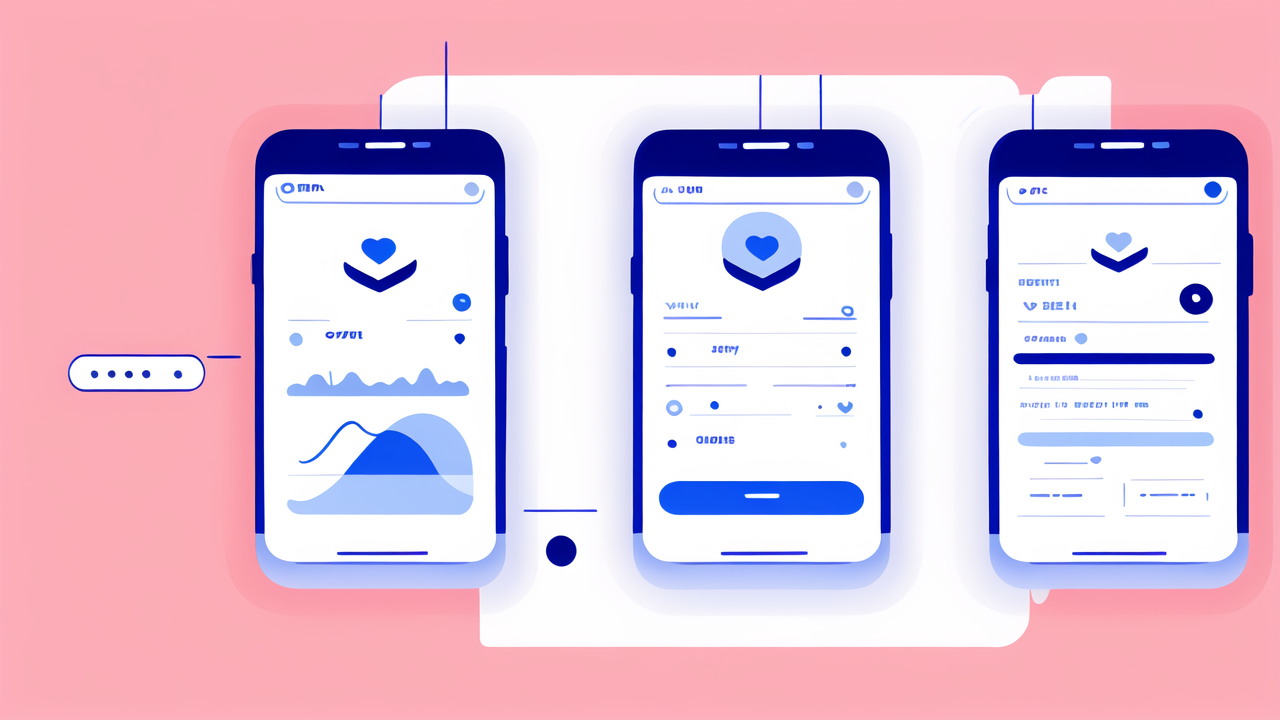Understanding the Pulse Watch: A Primer for Consumers
What Is a Pulse Watch?
A pulse watch, also known as a smart watch, is a wearable device that tracks various health metrics. It's like a mini-computer on your wrist. These watches use sensors to measure your pulse, heart rate, and other vital signs.

Smart watches have come a long way since their early days. They now offer features that go beyond just telling time. Many can track your sleep, count your steps, and even monitor your stress levels.
The main draw of a pulse watch is its ability to give real-time health data. This can help users make informed decisions about their fitness and wellness. It's like having a personal health assistant right on your wrist.
Key Features and Health Metrics to Look For
When shopping for a pulse watch, there are several key features to consider:
- Heart rate monitoring: This is the core function of most pulse watches.
- Step counting: Helps track your daily activity levels.
- Sleep tracking: Monitors your sleep patterns and quality.
- Blood oxygen levels: Some advanced models can measure your blood oxygen saturation.
- ECG capability: Higher-end watches can take an electrocardiogram.
- Stress monitoring: Uses heart rate variability to estimate stress levels.
- GPS tracking: Useful for runners and cyclists to map their routes.
These features use different sensors and algorithms to collect and interpret data. The accuracy can vary between models and brands. It's important to choose a watch that fits your specific health and fitness goals.
The Technology Behind Pulse Watches: A Deep Dive
How Smart Watches Estimate Heart Rate and Pulse
Smart watches use a technology called photoplethysmography (PPG) to measure heart rate and pulse. This may sound complex, but the concept is simple.

The watch has LED lights on its underside. These lights shine into your skin. Blood absorbs light differently than other tissues. As your heart beats, blood flow changes in your wrist.
The watch's optical sensors detect these changes in light absorption. This creates a waveform that represents your pulse. The watch then uses algorithms to interpret this data and estimate your heart rate.
Some high-end watches also use electrocardiography (ECG). This measures the electrical signals from your heart. It's more accurate but requires you to touch specific points on the watch.
The accuracy of these methods can be affected by factors like skin tone, tattoos, and movement. However, for most people, they provide a good estimate of heart rate and pulse.
The Role of Sensors and Algorithms in Smart Watch Functionality
Smart watches rely on a variety of sensors to collect data. These may include:
- Accelerometers: Measure movement and orientation.
- Gyroscopes: Detect rotation and angular velocity.
- Altimeters: Measure altitude changes.
- GPS: Tracks location and distance traveled.
- Optical sensors: Measure heart rate and blood oxygen levels.
The raw data from these sensors isn't very useful on its own. This is where algorithms come in. These are complex mathematical formulas that interpret the sensor data.
For example, step-counting algorithms use accelerometer data to identify walking patterns. Sleep tracking algorithms use a combination of movement and heart rate data to estimate sleep stages.
These algorithms are constantly being improved. Companies invest heavily in research to make their watches more accurate and useful. As technology advances, we can expect smart watches to become even more sophisticated.
The Impact of Pulse Watches on Health and Wellness in the United States
Empowering Consumers with Personal Health Data
Pulse watches have revolutionized how people think about their health. They provide easy access to personal health data that was once only available in doctor's offices.

This has several benefits:
- Increased awareness: People are more conscious of their daily activity levels.
- Early warning: Unusual heart rate patterns can alert users to potential health issues.
- Motivation: Seeing progress can encourage people to stick to fitness goals.
- Better sleep habits: Sleep tracking can help users improve their sleep quality.
- Stress management: Stress level monitoring can prompt users to take breaks or practice relaxation techniques.
However, it's important to note that pulse watches are not medical devices. They can't replace regular check-ups with a healthcare provider. But they can provide valuable insights and encourage healthier habits.
Many doctors now welcome patients bringing in their smart watch data. It can provide a more complete picture of a person's health over time. This can lead to more informed discussions and better health outcomes.
Trends and Future Prospects in Smart Watch Health Measurements
The field of smart watch health measurements is rapidly evolving. Here are some trends and future possibilities:
- Blood pressure monitoring: Some watches are starting to offer this feature.
- Glucose monitoring: Non-invasive blood sugar tracking is a major area of research.
- Hydration levels: Future watches may be able to alert you when you need to drink more water.
- Body temperature: This could help detect illnesses earlier.
- Air quality sensing: Watches might warn you about pollution levels in your environment.
As artificial intelligence improves, smart watches will become better at interpreting data. They may be able to predict health issues before they become serious.
There's also a trend towards more personalized health insights. Watches may soon offer tailored advice based on your unique data patterns.
Privacy and data security will continue to be important issues. As watches collect more sensitive health data, protecting this information will be crucial.
In conclusion, pulse watches are more than just gadgets. They're powerful tools for personal health management. As technology advances, they'll likely play an even bigger role in our health and wellness journeys.




Leave a comment
This site is protected by hCaptcha and the hCaptcha Privacy Policy and Terms of Service apply.